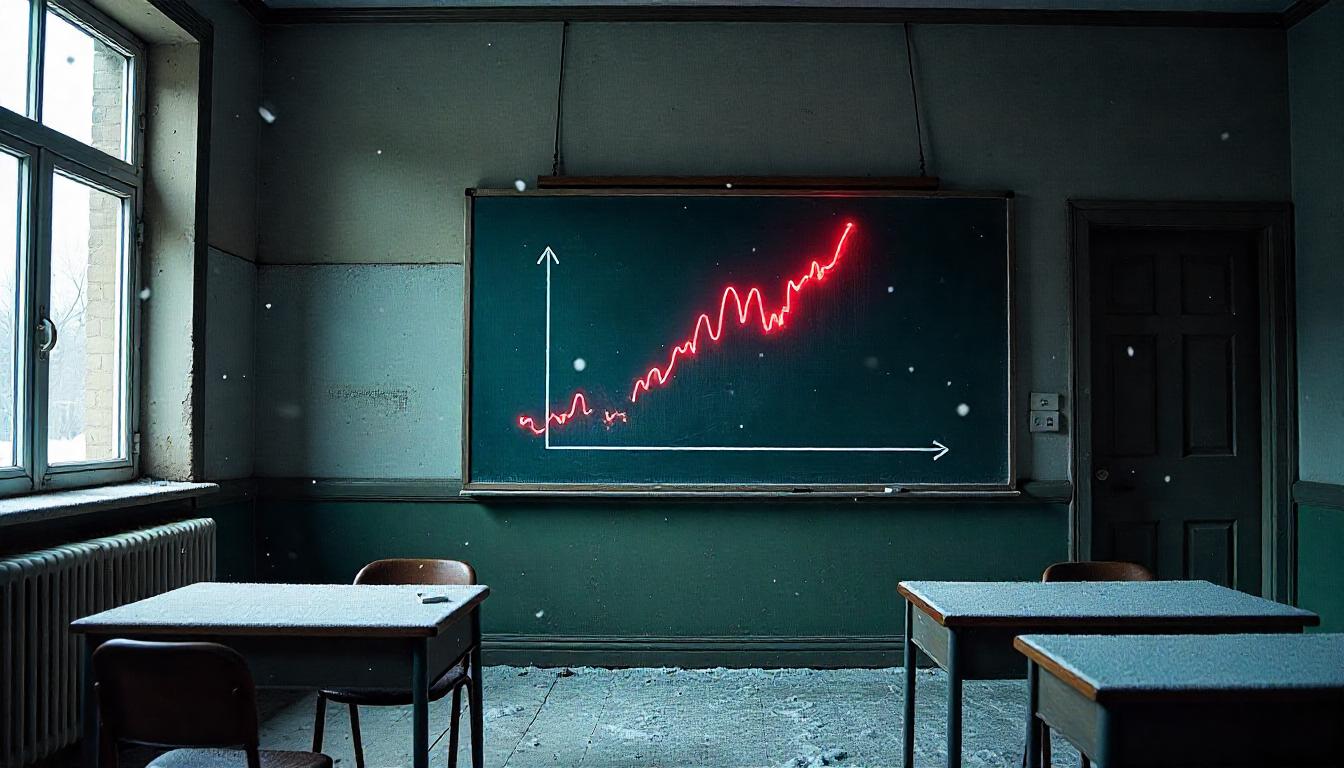BTC Tests Neckline Resistance After Pattern Breakdown; Macro Risks Keep Bulls in Check
Bitcoin (BTC) is currently trading near $104,000 following a modest rebound, but structural weakness remains visible after a recent technical breakdown. The current rally may be short-lived, as price action aligns with a classic retest of a head-and-shoulders neckline — a pattern often followed by further downside.
Technical Structure: Still Bearish
BTC confirmed a head-and-shoulders (H&S) breakdown on Thursday, triggering the first leg of what could evolve into a deeper correction. The latest bounce appears to be a reversion to the neckline zone (~$104K), which now acts as short-term resistance.
- Pattern Target: The measured move suggests potential downside toward $95.5K
- Retest Resistance: Current rally into $104K–$105K seen as tactical short-entry zone
- Upside Invalidation: Only a clean breakout and close above $107K would negate the H&S setup and restore bullish trend bias
Macro Overlay: Fiscal Fractures and Market Tension
Fundamentals are failing to offset the bearish technical backdrop. Elon Musk’s recent criticism of the U.S. fiscal position has reignited debate around dollar sustainability — yet even these long-term tailwinds for crypto aren’t enough to break Bitcoin’s near-term downtrend.
Treasury yields remain elevated, and the fiscal deficit — now nearing $2 trillion — has investors demanding higher real returns, weighing on all risk assets, including crypto.
Implications for Allocation Strategy
Until BTC reclaims its previous trend structure, risk exposure should remain hedged or limited. Should the $100K level break decisively, BTC may enter a broader de-risking cycle alongside altcoins, especially in high-beta segments.
However, long-term positioning remains unchanged for allocators with multi-cycle horizons — macro noise aside, the fiscal case for decentralized assets is only growing stronger.
Positioning View:
- Short-term: Defensive bias; consider tactical hedges below $105K
- Long-term: Maintain strategic BTC exposure as fiscal concerns and structurally negative real rates accumulate





